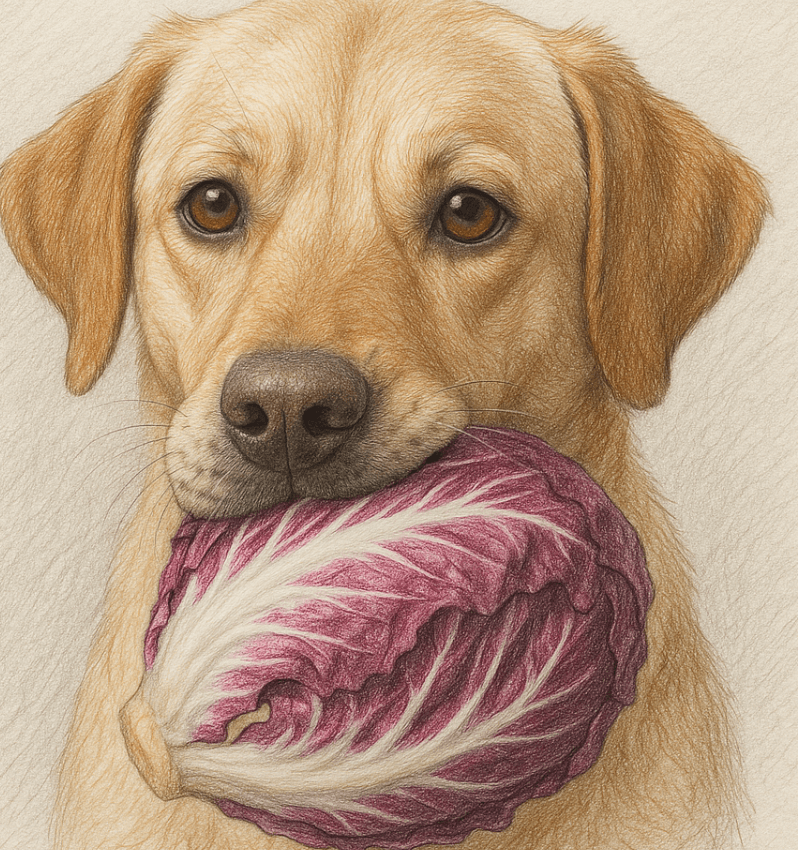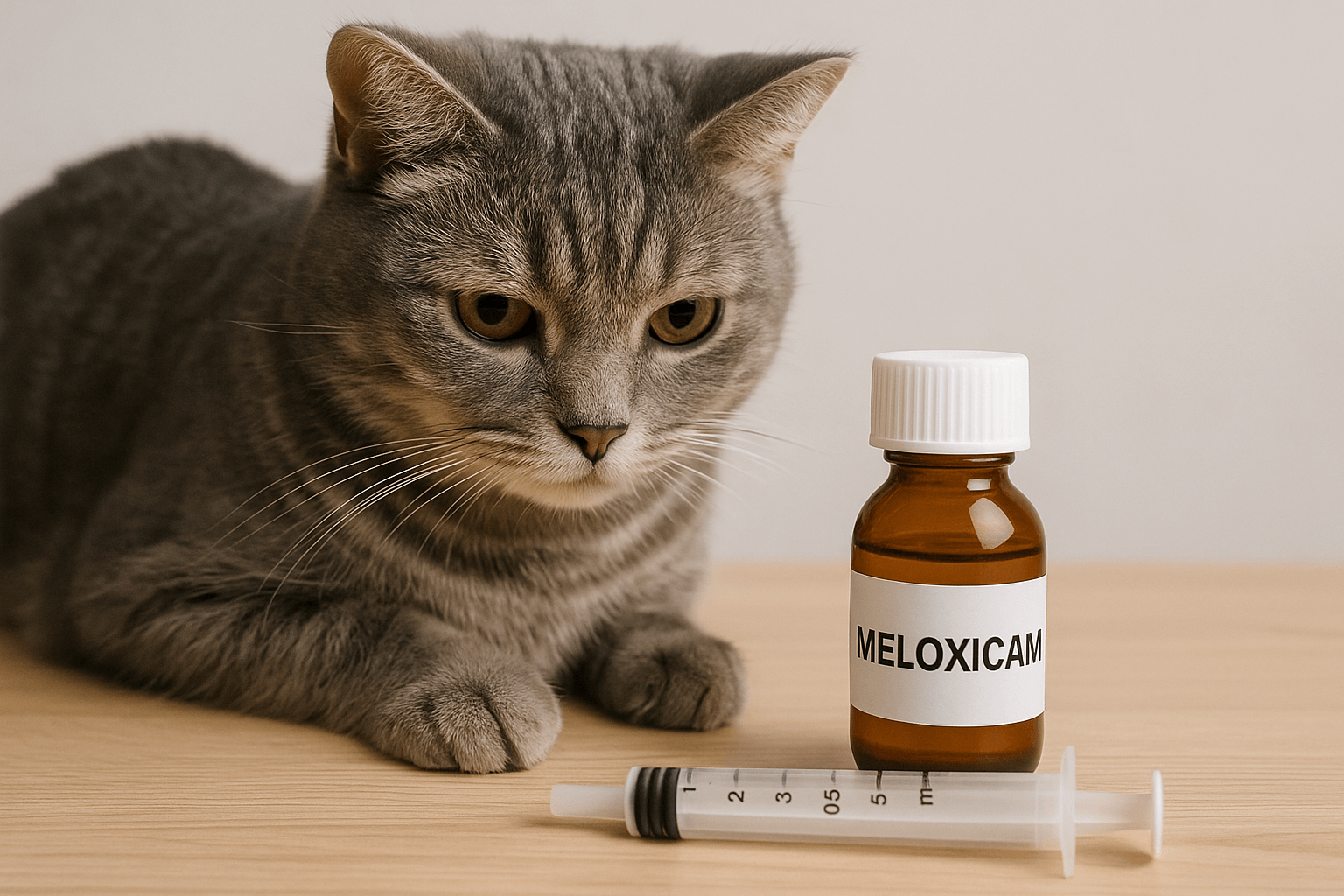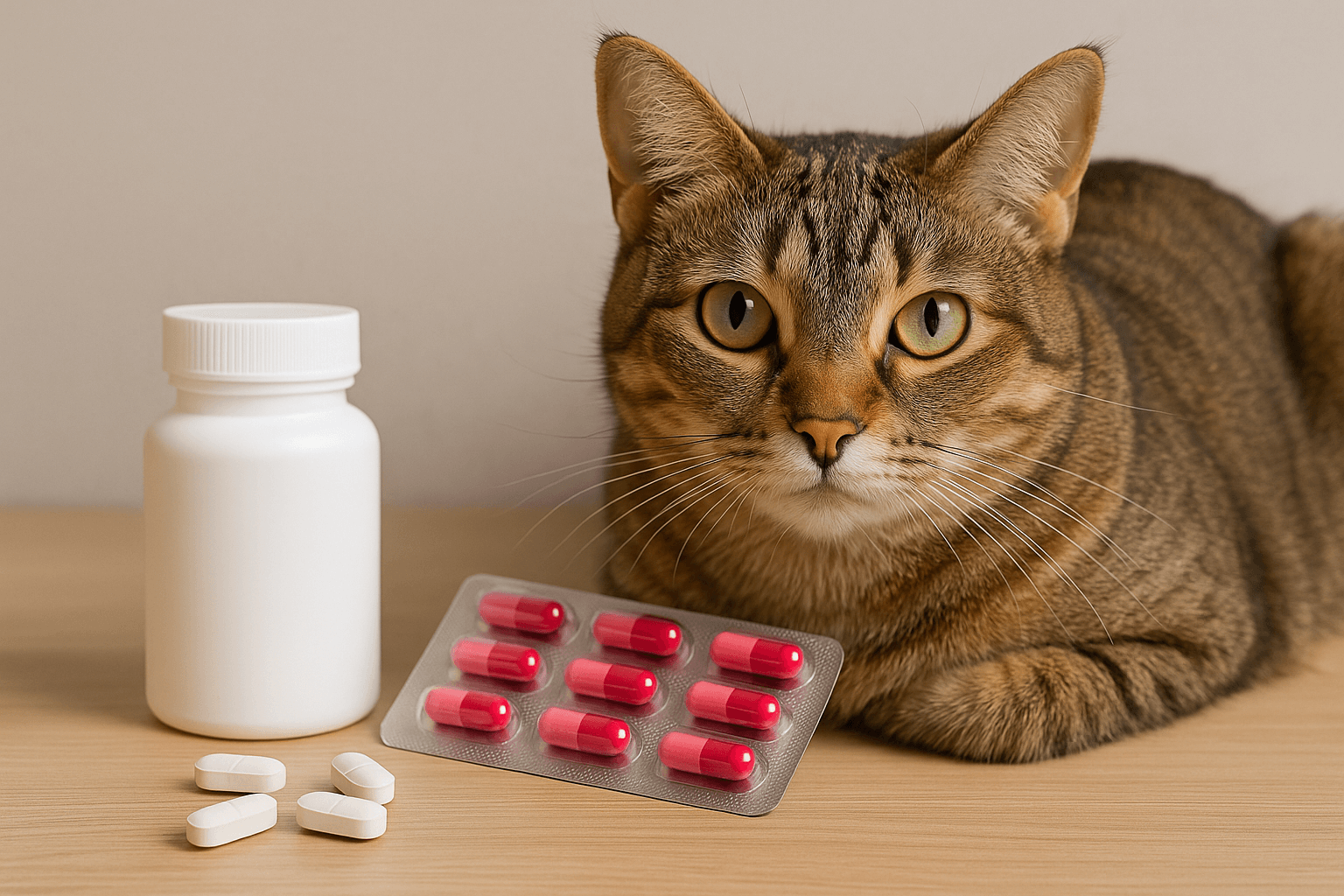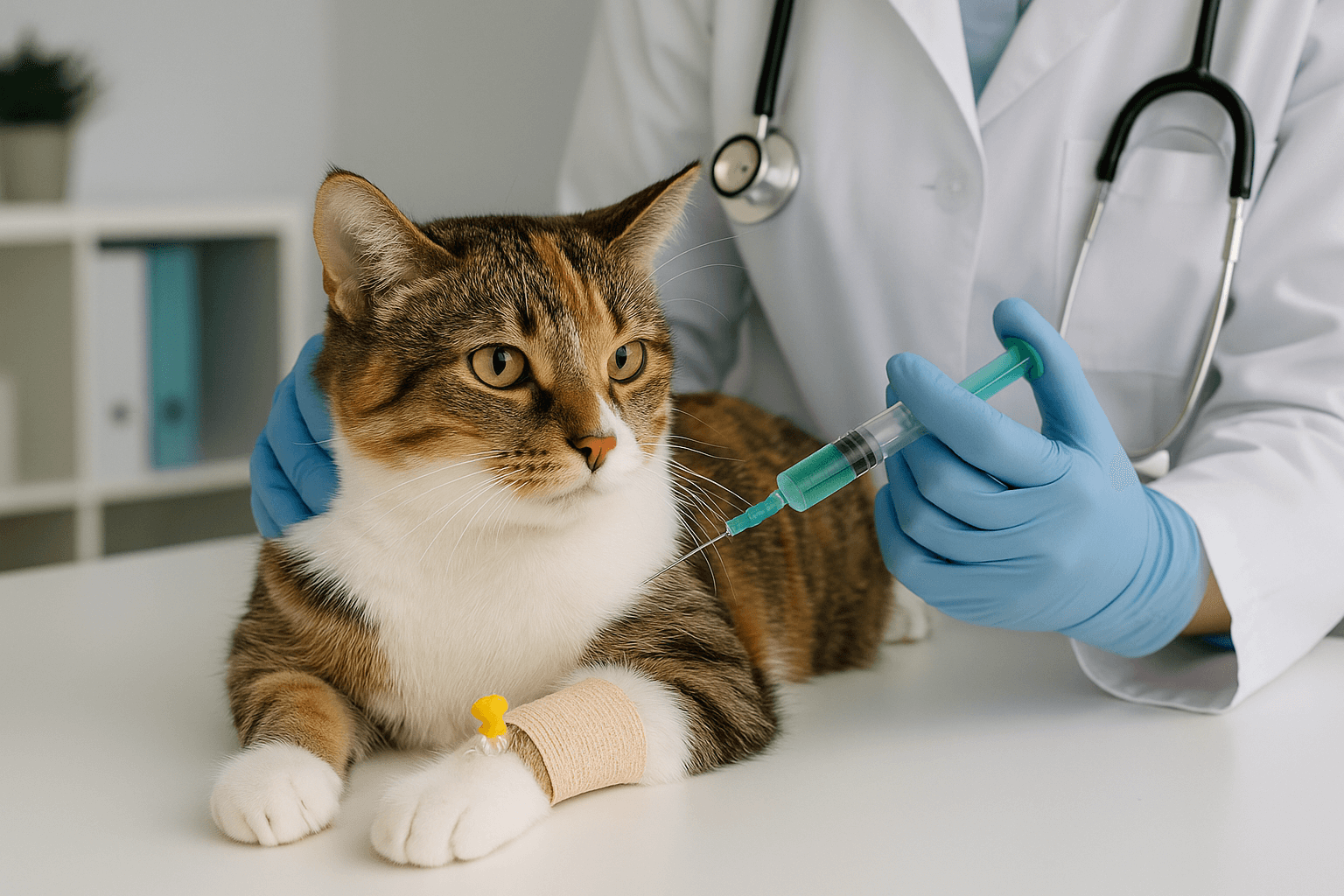Can Dogs Eat Radicchio?
When it comes to feeding our furry friends, many pet owners wonder whether certain human foods are safe for dogs. Radicchio, a leafy vegetable often used in salads and Italian dishes, is one such food that raises questions. While dogs can eat some vegetables as healthy treats, others may pose risks if consumed in large quantities or without proper preparation. In this blog post, we’ll explore whether radicchio is safe for dogs, its potential benefits and risks, and how to incorporate it into their diet responsibly. By the end, you’ll have all the information you need to make an informed decision about sharing this bitter green with your canine companion.
Is Radicchio Safe for Dogs? Key Considerations
Before offering radicchio to your dog, it’s important to understand the factors that determine its safety. While radicchio isn’t toxic, there are specific aspects to keep in mind to ensure it doesn’t harm your pet.
Non-Toxic Nature:
Radicchio is not listed as toxic to dogs, meaning it won’t cause immediate poisoning if consumed in small amounts.Bitter Taste May Deter Dogs:
Most dogs dislike the strong, bitter flavor of radicchio, which may naturally discourage them from eating too much.Low-Calorie Content:
Radicchio is low in calories, making it a light snack option for dogs watching their weight.High Fiber Content:
The fiber in radicchio can aid digestion, but too much may lead to stomach upset or diarrhea.Potential Allergies:
Some dogs may have sensitivities to new foods, so introduce radicchio gradually and monitor for adverse reactions.
By considering these factors, you can decide whether radicchio is a suitable addition to your dog’s diet.
Nutritional Benefits of Radicchio for Dogs
While radicchio shouldn’t replace a balanced dog food diet, it does offer some nutritional benefits when fed in moderation. Here’s what makes this leafy green a potentially healthy treat for your pup.
Rich in Vitamins:
Radicchio contains vitamins like K and C, which support bone health and immune function.Antioxidant Properties:
The antioxidants in radicchio help combat free radicals, promoting overall cellular health.Hydration Support:
With high water content, radicchio can contribute to your dog’s daily hydration needs.Low Fat Content:
This vegetable is virtually fat-free, making it a guilt-free snack for dogs prone to obesity.Mineral Boost:
Radicchio provides trace minerals like potassium and manganese, which support muscle and nerve function.
These benefits make radicchio a nutritious option for dogs, provided it’s offered in appropriate portions.
Check this guide 👉Can Dogs Eat Grapeseed Oil? Best 7 Expert Tips!
Check this guide 👉Can Dogs Eat Alligator? Best 7 Expert Tips!
Check this guide 👉Can Dogs Eat Condensed Milk? Best 7 Expert Tips!

Safe Ways to Feed Radicchio to Dogs | Risks of Feeding Radicchio to Dogs |
|---|---|
Serve plain, without seasoning or oils | Bitter taste may upset sensitive dogs |
Chop into small, bite-sized pieces | High fiber may cause digestive issues |
Mix with other dog-safe veggies | Overfeeding can lead to nutrient imbalance |
Offer as an occasional treat, not daily | Pesticides on unwashed leaves may harm |
Monitor for allergic reactions | Choking hazard if served in large chunks |
How to Safely Introduce Radicchio to Your Dog’s Diet
If you decide to give your dog radicchio, it’s crucial to do so safely and responsibly. Follow these guidelines to minimize risks and ensure a positive experience.
Start with Small Portions:
Begin by offering a tiny piece to see how your dog reacts before giving larger amounts.Wash Thoroughly:
Rinse radicchio under running water to remove dirt, pesticides, or contaminants.Avoid Seasonings or Dressings:
Never add salt, oil, or dressings, as these can upset your dog’s stomach or be harmful.Observe for Digestive Issues:
Watch for signs of vomiting, diarrhea, or discomfort after introducing radicchio.Consult Your Veterinarian:
If unsure, seek advice from your vet, especially if your dog has existing health conditions.
Following these steps ensures a smooth introduction of radicchio into your dog’s diet.
Signs Your Dog May Not Tolerate Radicchio
Not all dogs will tolerate radicchio well, even if it’s generally considered safe. Look out for these warning signs that indicate your dog may not handle this vegetable.
Vomiting or Nausea:
These symptoms suggest your dog’s digestive system is struggling to process radicchio.Diarrhea or Loose Stools:
Excessive fiber intake can disrupt your dog’s gut health, leading to loose stools.Loss of Appetite:
If your dog refuses to eat after trying radicchio, it could signal discomfort or aversion.Excessive Gas or Bloating:
Increased flatulence may indicate difficulty digesting the vegetable.Lethargy or Irritability:
Unusual tiredness or crankiness could point to an adverse reaction.
Recognizing these signs early allows you to adjust your dog’s diet and prevent further issues.
Common Mistakes When Feeding Radicchio to Dogs
Feeding radicchio to dogs requires care to avoid mistakes that could harm your pet. Here are some common errors to avoid.
Adding Harmful Seasonings:
Ingredients like salt, garlic, or onion powder can be toxic to dogs and should never be used.Overfeeding Radicchio:
Too much radicchio can overwhelm your dog’s digestive system, leading to discomfort or diarrhea.Ignoring Portion Sizes:
Large chunks may pose a choking hazard, especially for smaller breeds or dogs that gulp food.Skipping the Wash Step:
Unwashed radicchio may contain pesticides or bacteria that could make your dog sick.Assuming All Dogs Will Like It:
Many dogs dislike the bitter taste, so don’t force them to eat it if they refuse.
Avoiding these mistakes ensures a safer and more enjoyable experience for your dog.
Alternatives to Radicchio for Dogs
If radicchio doesn’t appeal to your dog or you’re looking for other nutritious options, consider these dog-friendly vegetables instead.
Carrots:
Crunchy and sweet, carrots are packed with vitamin A and promote dental health.Green Beans:
Low in calories and high in fiber, green beans are a great snack for weight management.Pumpkin:
Rich in fiber, canned or fresh pumpkin helps regulate digestion and soothes upset stomachs.Zucchini:
Mild in flavor and hydrating, zucchini is easy to digest and full of nutrients.Sweet Potatoes:
Cooked sweet potatoes provide vitamins and antioxidants, supporting overall health.
These alternatives offer variety and nutrition without the bitterness of radicchio.
Fun Ways to Incorporate Radicchio into Your Dog’s Diet
If your dog enjoys radicchio, there are creative ways to include it in their meals or snacks. These ideas make feeding time more enjoyable for both of you.
Mix with Kibble:
Finely chop radicchio and sprinkle it over your dog’s regular food for added texture and flavor.Create Veggie Popsicles:
Blend radicchio with water or unsalted broth, pour into molds, and freeze for a refreshing treat.Stuff into Toys:
Use small pieces of radicchio as fillers for puzzle toys or treat-dispensing balls.Add to Homemade Treats:
Incorporate finely chopped radicchio into homemade dog biscuits or meatballs.Pair with Other Veggies:
Combine radicchio with dog-safe vegetables like carrots or spinach for a nutrient-packed mix.
These fun ideas encourage your dog to enjoy radicchio while reaping its nutritional benefits.
Frequently Asked Questions About Dogs and Radicchio
Can puppies eat radicchio?
Yes, but only in very small amounts and under supervision, as their digestive systems are still developing.
Is cooked radicchio safer than raw?
Both are safe, but avoid adding seasonings or oils when cooking radicchio for your dog.
How much radicchio can I give my dog?
Limit it to a few small pieces once or twice a week, depending on your dog’s size and tolerance.
What should I do if my dog eats too much radicchio?
Monitor for digestive upset and contact your vet if symptoms persist or worsen.
Are there better vegetables for dogs than radicchio?
Yes, options like carrots, green beans, and pumpkin are often more palatable and easier to digest.
Making Informed Choices About Radicchio for Your Dog
While radicchio isn’t toxic to dogs, it’s not a necessity in their diet either. Its nutritional benefits can complement a balanced diet, but its bitter taste and high fiber content mean it’s best served sparingly and with caution. By understanding the potential risks and benefits, you can decide whether this leafy green is a good fit for your furry friend. Always prioritize your dog’s health and consult your veterinarian before introducing new foods. With careful consideration, you can ensure your dog enjoys a varied and safe diet while staying happy and healthy.
Cat Fever Treatment: Best 7 Expert Tips! Discover expert advice on identifying, managing, and treating fever in cats to ensure their quick recovery and well-being.
Understanding Meloxicam for Cats: Best 7 Expert Tips! Learn how to safely administer meloxicam, manage side effects, and ensure your cat's comfort with expert advice on feline pain relief.
Amoxicillin for Cat UTI: Best 7 Expert Tips! Discover safe usage, dosage guidelines, and expert advice on treating feline urinary tract infections effectively with amoxicillin.
Understanding Cat Cancer Treatment: Best 7 Expert Tips! Discover expert advice on managing feline cancer, from early detection to treatment options, ensuring your cat’s health and comfort.




